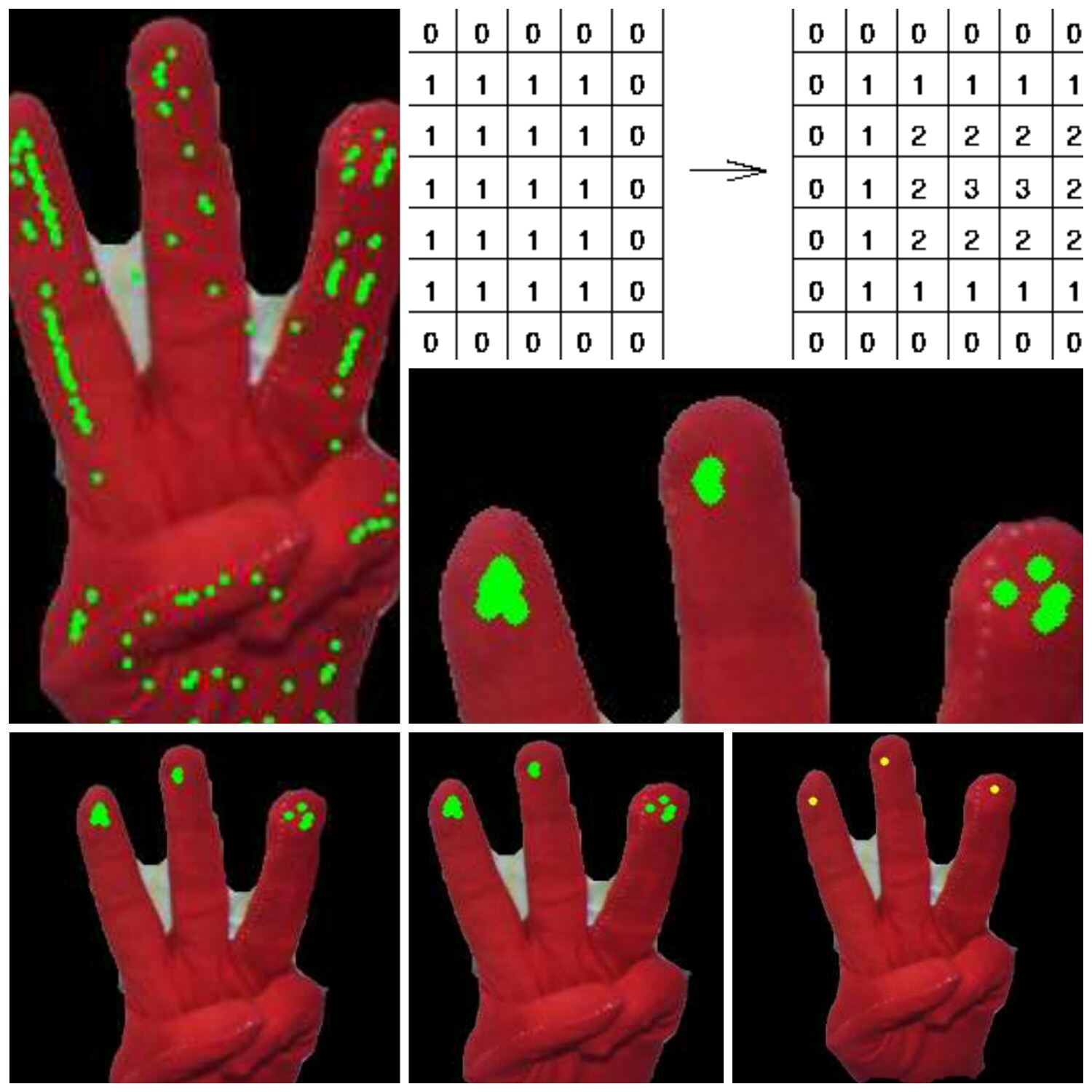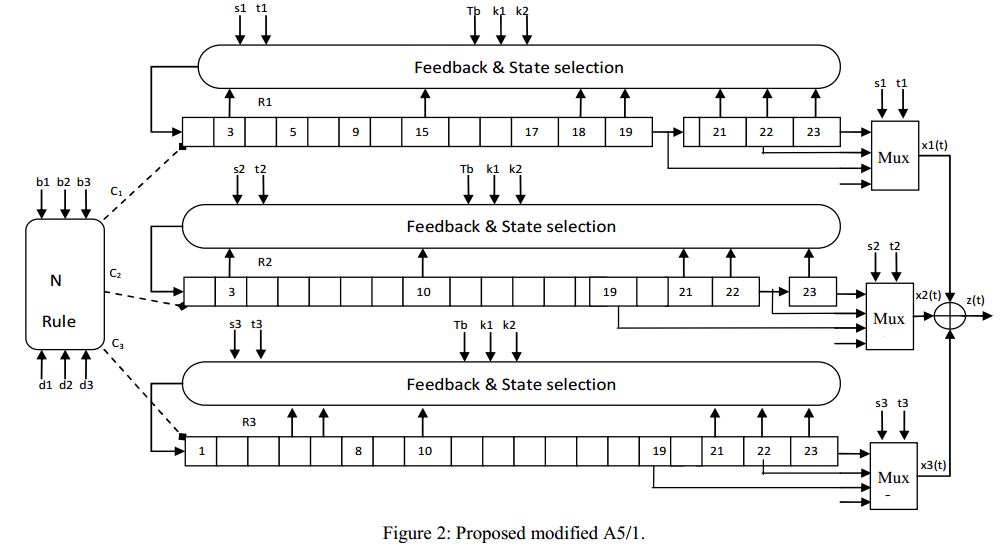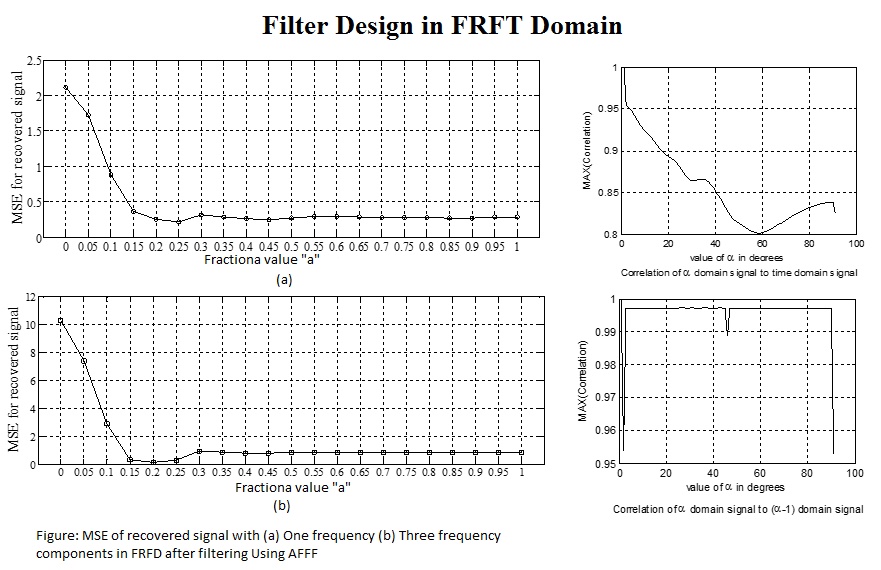Indian Sign Language Recognition
Indian Sign Language Recognition
This is a first step towards designing a system for deaf and dumb. You must have seen people talking in sign language, they can only communicate with one who understand language of sign. Everybody do not understand signs, So we need a system which will generate voice after recognizing the signs. This will be one of the noble work by which these people will not feel isolated, They will not hesitate going around and enjoying the life, they will not miss a chance to talk any body just because they can not talk.
Here we have implemented our initial work on MATLAB and results are recorded and shown in video.
Paper is published and is available at IEEExplore you can find paper here : Go to Paper


.
Fractal Art in Signal Processing
Fractal Art in Signal Processing
This is one of the very fascinating work. There are many fractal equations available for generating different patterns. We also derived some new equations for generating different and beautiful patterns. Some of the Pattern generated are shown in figure. We further tried to use these pattern for designing clothes. Here 'Design' means not deciding the pattern, shape and outline of any dress but to putting different patterns on dress in different ways.
Elementary paper is published and available in IEEExplore: Link
Other detail paper is in process.


.
Facial Expression Recognition
.
A Neuroscience Based Approach to Game Based Learning Design
A Neuroscience Based Approach to Game Based Learning Design
Abstract
In recent years designing a game for education has become very popular. Neuroscience has developed many theories of learning, based on how brain learns. We discuss a design approach for conventional teaching methods. The proposed approach illustrates the opportunities to exploit the concept of neuroscience and combine it with game for educational purpose. The pedagogies based on neuroscience and psychology have been adapted in teaching very well and the same is expected to work well with Game Based Learning (GBL).
.
Enhancement of A5/1: using variable feedback polynomial of LFSR
Enhancement of A5/1: using variable feedback polynomial of LFSR
Abstract:
In this paper enhancement of A5/1 Encryption technique is proposed. Same was simulated in MATLAB and tested with NIST Test suit for randomness.





Full paper is available at following link
Go to Paper
Other detail paper is in process.




